Introduction #
The authors of the Disease Detection in Fruit Images dataset utilized 74 images containing apple fruits to assess the effectiveness of their proposed neural network. These images featured single or multiple apples, with at least one of them being afflicted by anthracnose. The disease manifests as rounded symptoms with varying sizes and visible pattern variations. A skilled expert marked the regions of these rounded symptoms on apple fruits using bounding boxes, providing the ground-truth labels for the study. A total of 182 bounding boxes were created, ranging from 1 to 9 per image. The apple images varied in size from 500x700 to 3000x2000 pixels, while disease symptom sizes ranged from 50x50 to 2000x1400 pixels.
Summary #
Dataset: Region Aggregated Attention CNN for Disease Detection in Fruit Images is a dataset for an object detection task. It is used in the agricultural industry.
The dataset consists of 74 images with 182 labeled objects belonging to 1 single class (anthracnose).
Images in the Disease Detection in Fruit Images dataset have bounding box annotations. All images are labeled (i.e. with annotations). There are no pre-defined train/val/test splits in the dataset. The dataset was released in 2021 by the Sejong University, Korea.

Explore #
Disease Detection in Fruit Images dataset has 74 images. Click on one of the examples below or open "Explore" tool anytime you need to view dataset images with annotations. This tool has extended visualization capabilities like zoom, translation, objects table, custom filters and more. Hover the mouse over the images to hide or show annotations.

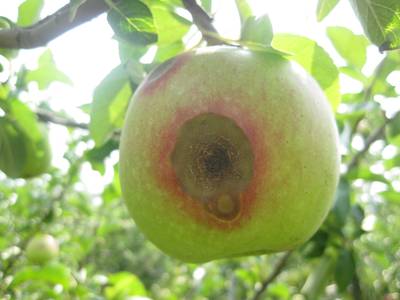

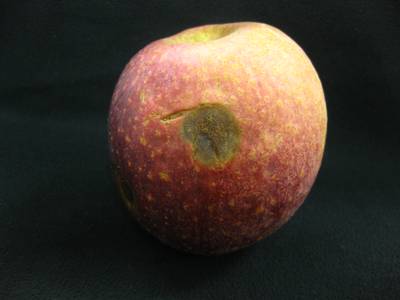

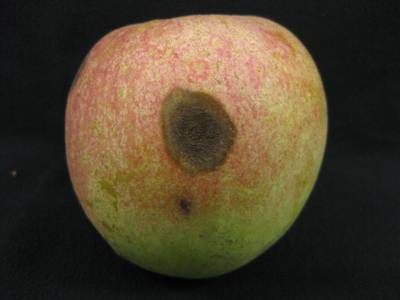

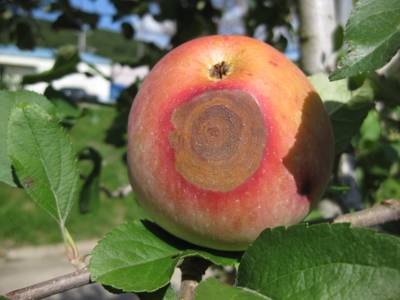

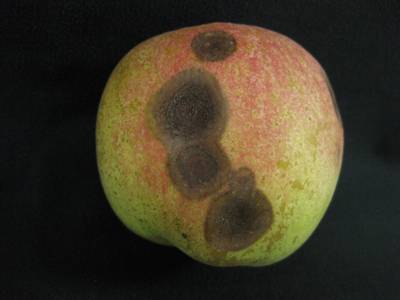

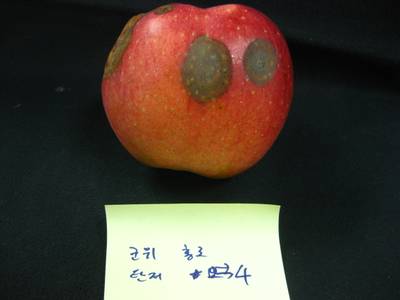

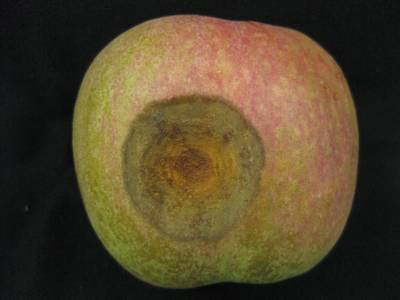

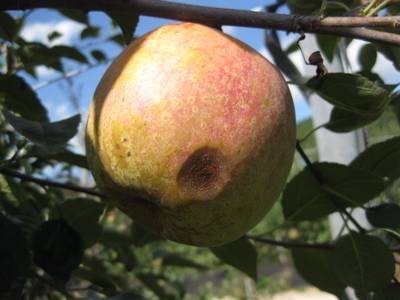

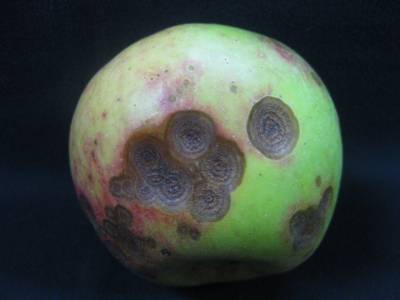

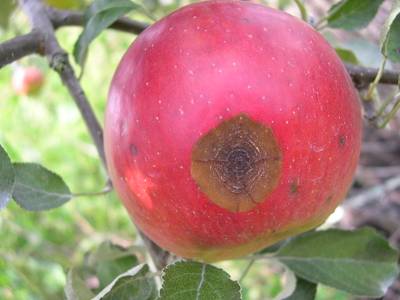

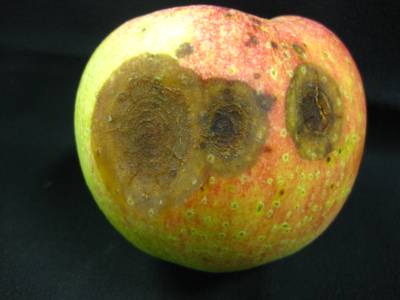

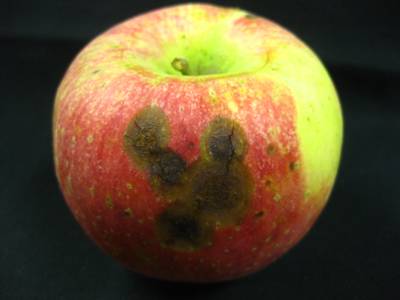

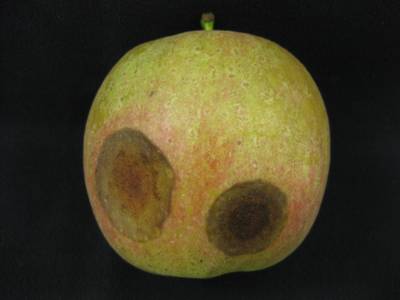

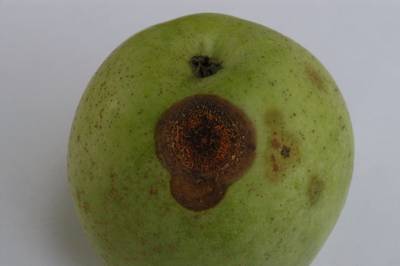

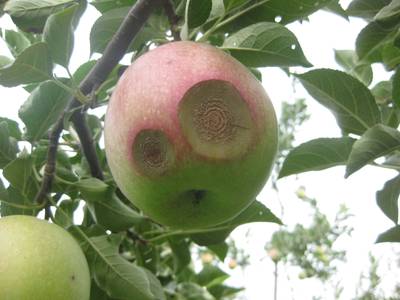

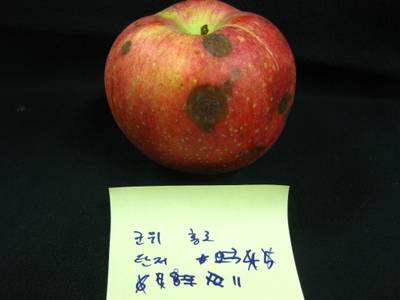

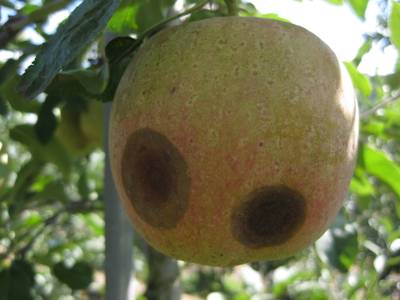

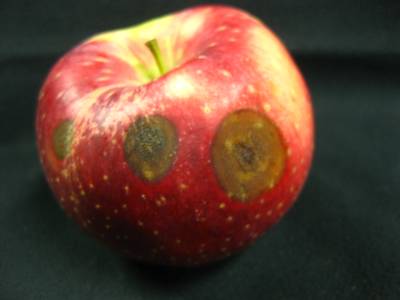

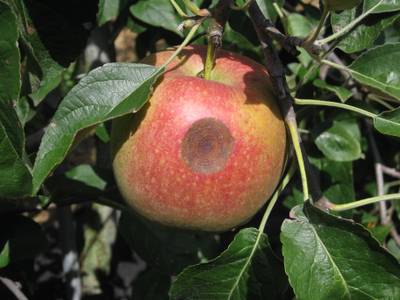

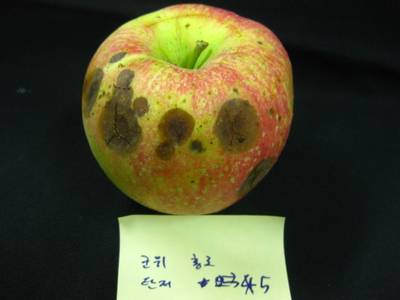

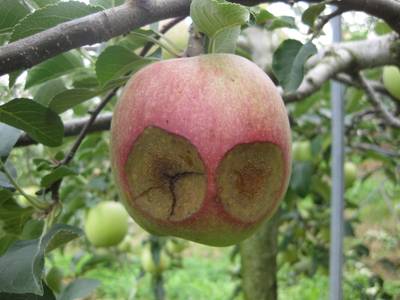

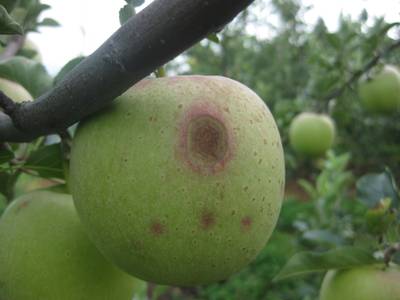

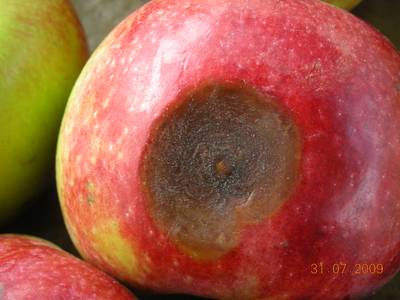

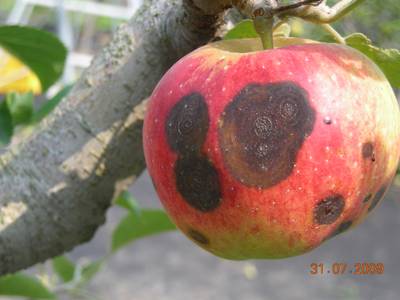

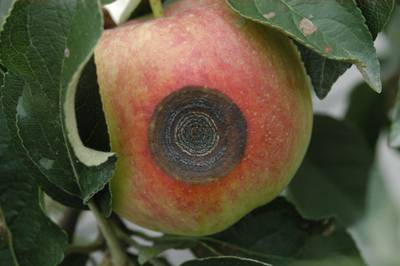

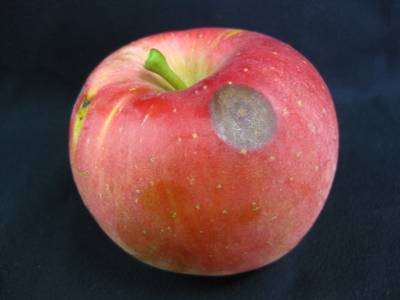

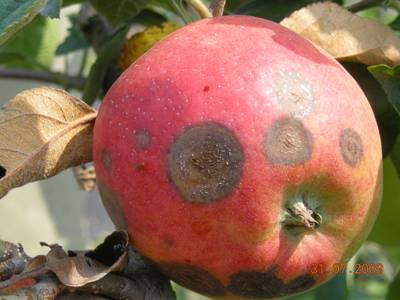

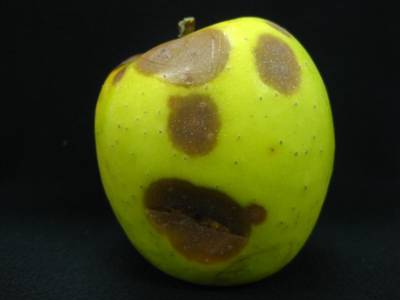




Class balance #
There are 1 annotation classes in the dataset. Find the general statistics and balances for every class in the table below. Click any row to preview images that have labels of the selected class. Sort by column to find the most rare or prevalent classes.
Class ㅤ | Images ㅤ | Objects ㅤ | Count on image average | Area on image average |
|---|---|---|---|---|
anthracnose➔ rectangle | 74 | 182 | 2.46 | 12.58% |
Images #
Explore every single image in the dataset with respect to the number of annotations of each class it has. Click a row to preview selected image. Sort by any column to find anomalies and edge cases. Use horizontal scroll if the table has many columns for a large number of classes in the dataset.
Object distribution #
Interactive heatmap chart for every class with object distribution shows how many images are in the dataset with a certain number of objects of a specific class. Users can click cell and see the list of all corresponding images.
Class sizes #
The table below gives various size properties of objects for every class. Click a row to see the image with annotations of the selected class. Sort columns to find classes with the smallest or largest objects or understand the size differences between classes.
Class | Object count | Avg area | Max area | Min area | Min height | Min height | Max height | Max height | Avg height | Avg height | Min width | Min width | Max width | Max width |
|---|---|---|---|---|---|---|---|---|---|---|---|---|---|---|
anthracnose rectangle | 182 | 5.2% | 40.16% | 0.13% | 67px | 3.84% | 1589px | 69.73% | 480px | 23.8% | 55px | 1.95% | 1789px | 58.24% |
Spatial Heatmap #
The heatmaps below give the spatial distributions of all objects for every class. These visualizations provide insights into the most probable and rare object locations on the image. It helps analyze objects' placements in a dataset.

Objects #
Table contains all 182 objects. Click a row to preview an image with annotations, and use search or pagination to navigate. Sort columns to find outliers in the dataset.
Object ID ㅤ | Class ㅤ | Image name click row to open | Image size height x width | Height ㅤ | Height ㅤ | Width ㅤ | Width ㅤ | Area ㅤ |
|---|---|---|---|---|---|---|---|---|
1➔ | anthracnose rectangle | IMG_3304.JPG | 1704 x 2272 | 1171px | 68.72% | 1035px | 45.55% | 31.31% |
2➔ | anthracnose rectangle | IMG_0920.JPG | 2112 x 2816 | 127px | 6.01% | 123px | 4.37% | 0.26% |
3➔ | anthracnose rectangle | DSCN4610.JPG | 2304 x 3072 | 633px | 27.47% | 673px | 21.91% | 6.02% |
4➔ | anthracnose rectangle | DSCN4610.JPG | 2304 x 3072 | 909px | 39.45% | 565px | 18.39% | 7.26% |
5➔ | anthracnose rectangle | DSCN5211.JPG | 768 x 1024 | 263px | 34.24% | 249px | 24.32% | 8.33% |
6➔ | anthracnose rectangle | IMG_6427.JPG | 2736 x 3648 | 845px | 30.88% | 801px | 21.96% | 6.78% |
7➔ | anthracnose rectangle | DSC_0240.JPG | 1488 x 2240 | 179px | 12.03% | 171px | 7.63% | 0.92% |
8➔ | anthracnose rectangle | DSC_0240.JPG | 1488 x 2240 | 207px | 13.91% | 163px | 7.28% | 1.01% |
9➔ | anthracnose rectangle | DSC_0240.JPG | 1488 x 2240 | 93px | 6.25% | 75px | 3.35% | 0.21% |
10➔ | anthracnose rectangle | DSC_0240.JPG | 1488 x 2240 | 157px | 10.55% | 171px | 7.63% | 0.81% |
License #
Citation #
If you make use of the Disease Detection in Fruit Images data, please cite the following reference:
@dataset{Disease Detection in Fruit Images,
author={chhan95},
title={Dataset: Region Aggregated Attention CNN for Disease Detection in Fruit Images},
year={2021},
url={https://github.com/QuIIL/Dataset-Region-Aggregated-Attention-CNN-for-Disease-Detection-in-Fruit-Images}
}
If you are happy with Dataset Ninja and use provided visualizations and tools in your work, please cite us:
@misc{ visualization-tools-for-disease-detection-in-fruit-images-dataset,
title = { Visualization Tools for Disease Detection in Fruit Images Dataset },
type = { Computer Vision Tools },
author = { Dataset Ninja },
howpublished = { \url{ https://datasetninja.com/disease-detection-in-fruit-images } },
url = { https://datasetninja.com/disease-detection-in-fruit-images },
journal = { Dataset Ninja },
publisher = { Dataset Ninja },
year = { 2026 },
month = { jan },
note = { visited on 2026-01-06 },
}Download #
Dataset Disease Detection in Fruit Images can be downloaded in Supervisely format:
As an alternative, it can be downloaded with dataset-tools package:
pip install --upgrade dataset-tools
… using following python code:
import dataset_tools as dtools
dtools.download(dataset='Disease Detection in Fruit Images', dst_dir='~/dataset-ninja/')
Make sure not to overlook the python code example available on the Supervisely Developer Portal. It will give you a clear idea of how to effortlessly work with the downloaded dataset.
The data in original format can be downloaded here.
Disclaimer #
Our gal from the legal dep told us we need to post this:
Dataset Ninja provides visualizations and statistics for some datasets that can be found online and can be downloaded by general audience. Dataset Ninja is not a dataset hosting platform and can only be used for informational purposes. The platform does not claim any rights for the original content, including images, videos, annotations and descriptions. Joint publishing is prohibited.
You take full responsibility when you use datasets presented at Dataset Ninja, as well as other information, including visualizations and statistics we provide. You are in charge of compliance with any dataset license and all other permissions. You are required to navigate datasets homepage and make sure that you can use it. In case of any questions, get in touch with us at hello@datasetninja.com.


